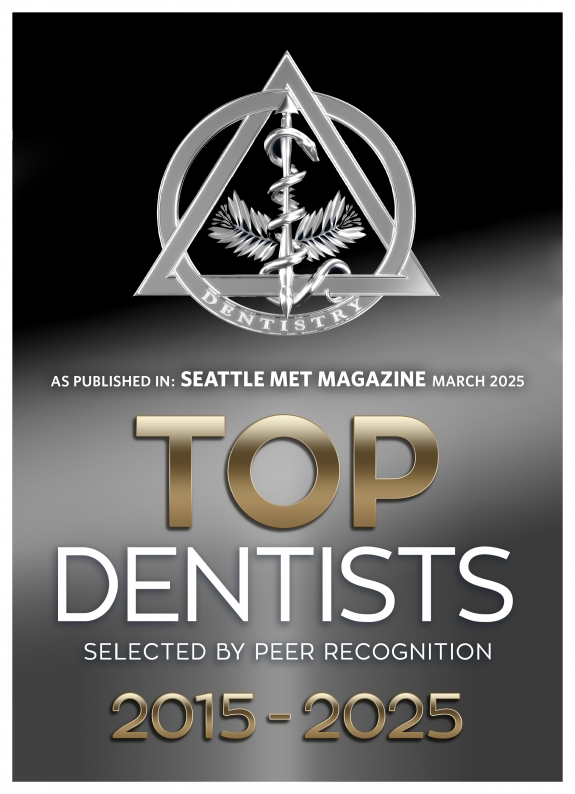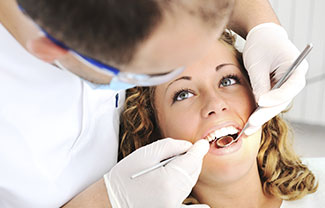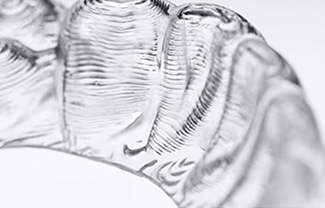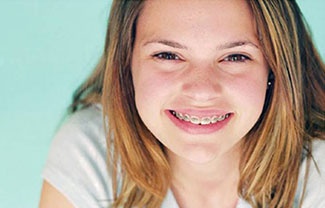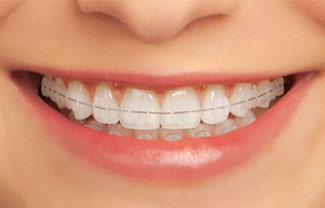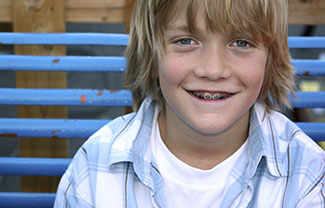COMMON ORTHODONTIC PROBLEMS
Orthodontic problems as a whole are described as “malocclusion.” Orthodontic problems can be more than just unattractive, they can lead to tooth damage, make it hard to clean your teeth, and make it hard for you to chew.
This page contains a basic description of some of the most common orthodontic problems, but the best way to find out if you have an orthodontic problem is with an in-person consultation and evaluation. Our Burien and West Seattle orthodontist Dr. Jorge Peralta offers quality care to children and adults throughout Seattle, Burien and the surrounding communities. Our team specializes in advanced treatment options including 3M Aligners and clear braces to correct the different orthodontic problems described below. To schedule your appointment please call
(206) 244-7800 or request an appointment online!
These are actual patients treated by Dr. Peralta.
Crowded Teeth
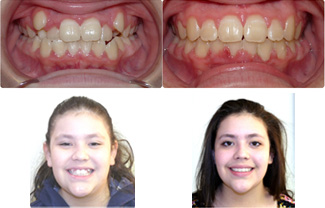

When there is not enough space for all of the teeth to normally fit in the jaw, crowding can occur. Some teeth will push either forward or backward to make room. This can make it hard to clean some teeth, resulting in decay on their obscured surfaces. It can also cause some teeth to experience more wear than others. Often times this can be corrected using expansion, avoiding tooth removal.
Spaced Teeth


Spaced teeth occur when there seems to be too much room in the jaw for your teeth. Large gaps appear between your teeth. This can be caused by many different factors, such as missing lateral incisors or other teeth and smaller than average teeth. This can be unattractive and it may allow food to get stuck between your teeth.
Deep Overbite
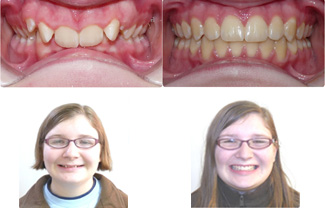

Overbite occurs when your upper teeth overlap more than half of you lower teeth when you bite down. Deep overbite can make it hard to chew and may result in damage to your teeth or gums as your lower teeth can strike the back of upper teeth or your gums.
Protruding Teeth
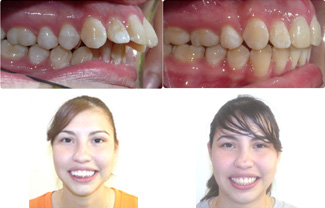

Most common in the upper jaw, this is when your teeth point outward to a significant degree. Protruding teeth are more likely to get damaged from sports or falls and do not properly restrict the growth of the lower jaw.
Underbite
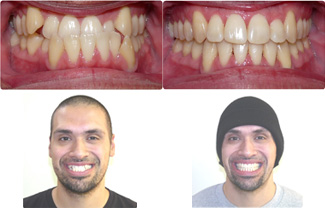

Underbite occurs when your lower jaw protrudes past your upper jaw. This can cause serious jaw problems, as well as wear and tear on the tooth enamel.
Crossbite
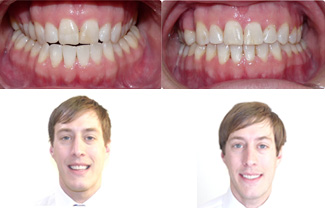

Crossbite is when some of your upper teeth fit inside the teeth of the lower arch, while others fit outside. For example, if your upper molars are inside your lower molars, but your upper incisors are outside the lower incisors. This can make it hard to chew, and can result in increased wear and damage on the teeth where the crossover occurs.
Open Bite
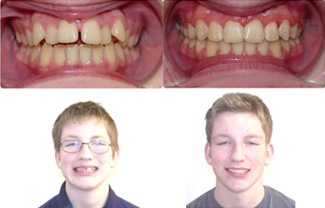

An open bite occurs when your teeth don’t meet when you bite down. This can make it difficult to chew and lead to excessive wear and even damage on the teeth that do meet.
Midline Mismatch
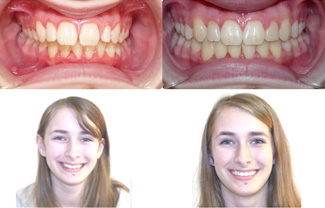

This is when the center line of your upper and lower jaws do not coincide. This may be a result of jaw displacement, which means it may be part of significant jaw problems, or it may be just a cosmetic problem.
Phase I
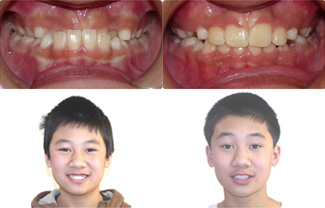

Phase I, or interceptive orthodontic treatment, starts at a young age to help developmental dental and jaw issues. Not only will it save your child from the problems becoming more serious, but it will also save you money later in life.
Non-Braces Treatment










Often times improvement in tooth alignment is possible without the use of braces. Our Seattle Orthodontist will be able to determine if you are a candidate for this treatment.







